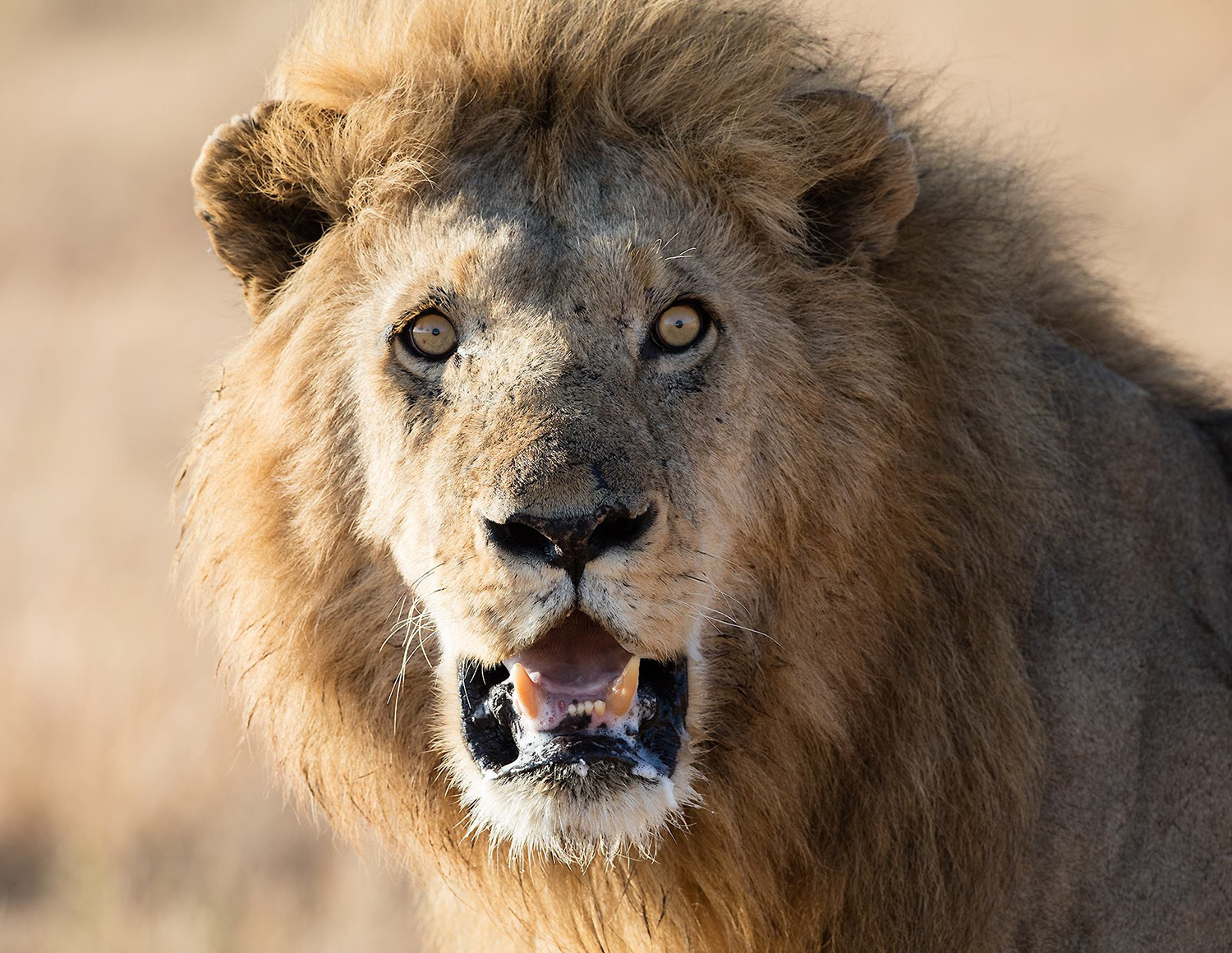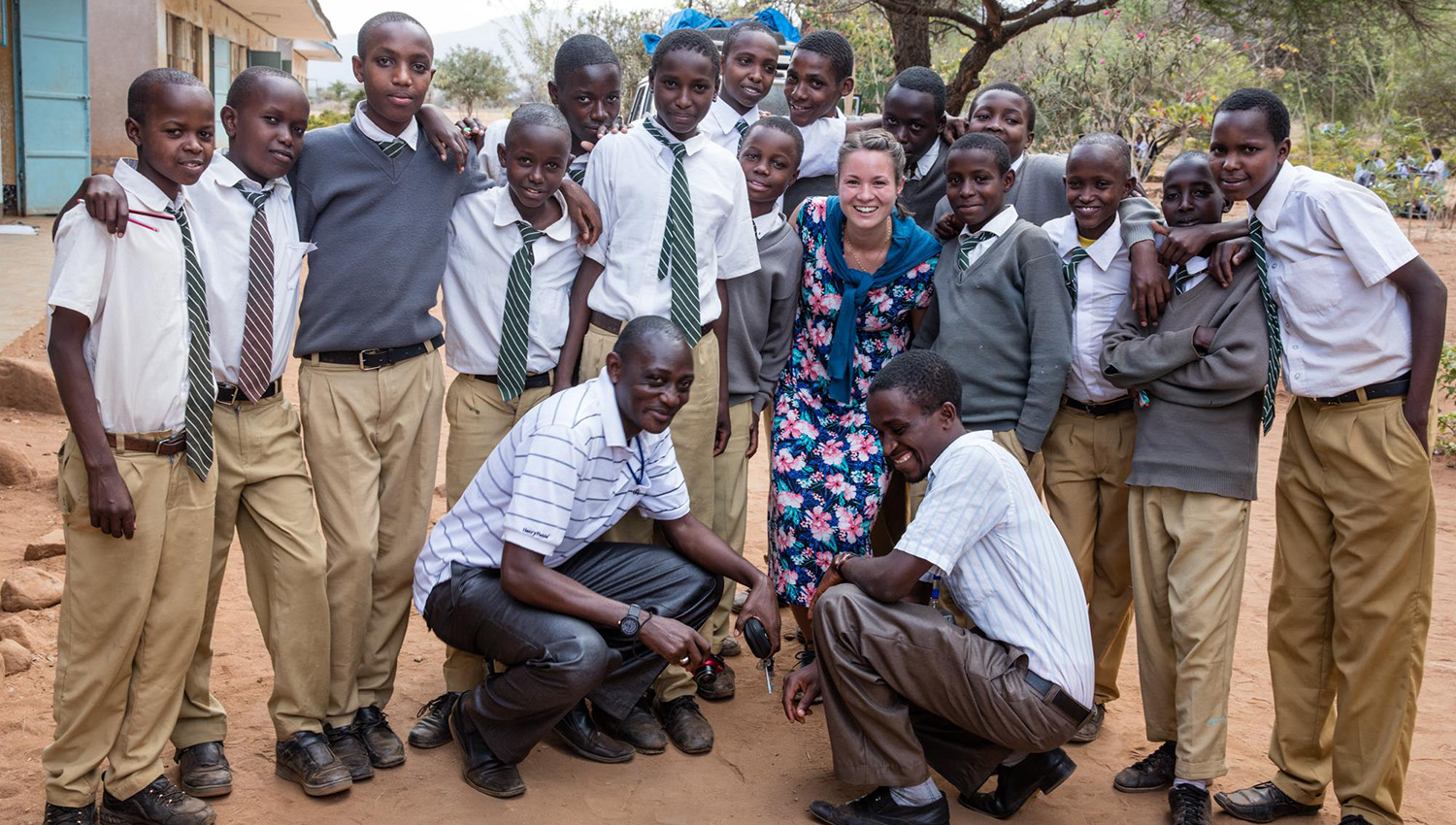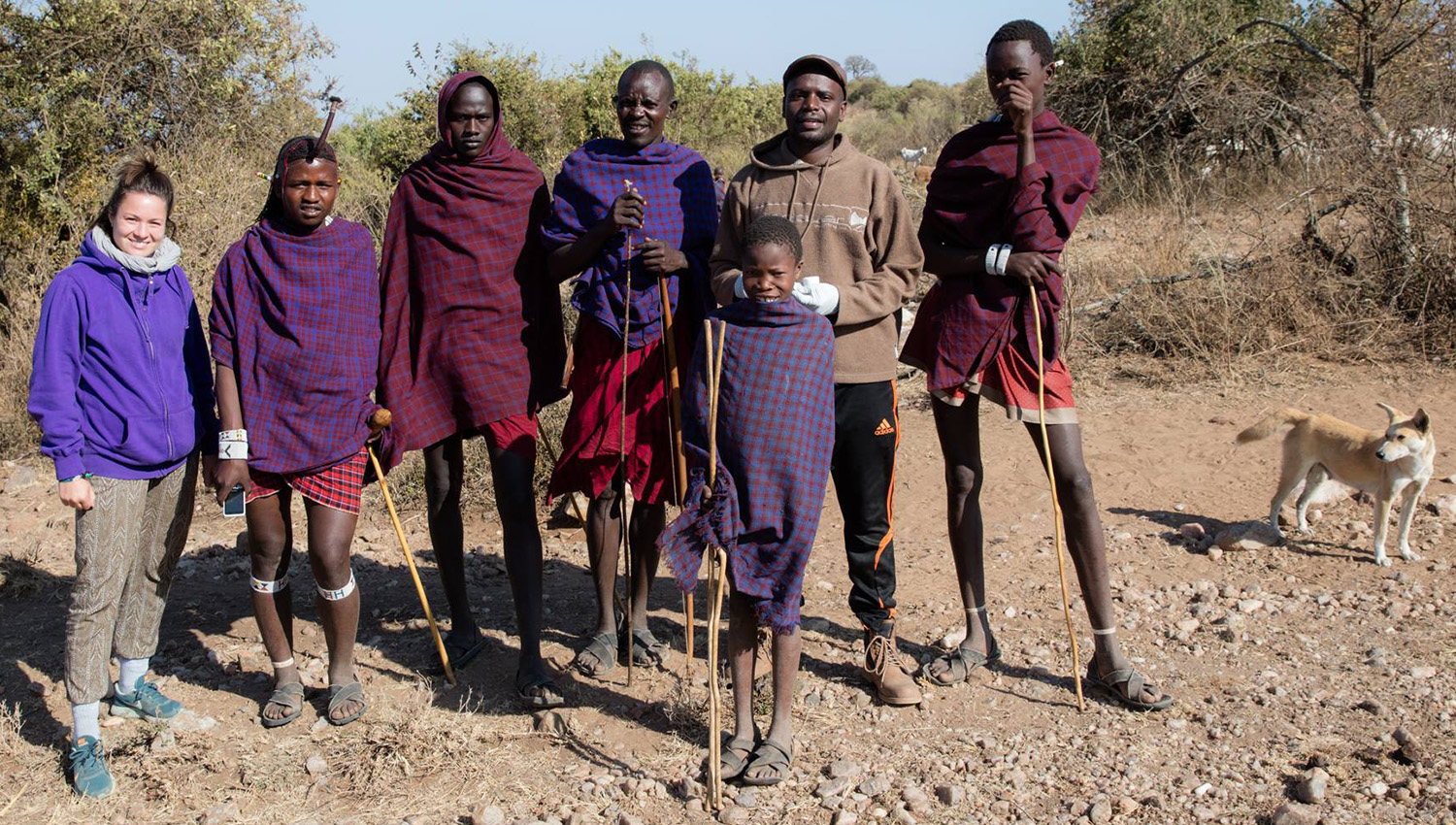I am now back in Arusha and finished with my teaching program in all the six villages; Wasso, Ololosokwan, Soitsambu, Samunge, Digodigo and Engaresero. I am sitting here with many new impressions and great experiences, and feel lucky that I got the opportunity to gather the data for my master’s thesis here in Tanzania.
I have taught level two students in Secondary Schools, and all the schools I visited were boarding schools. Most of the students travel away from their homes, but there are also students who attend school in the same villages that they grew up in. Because of this, the students at the schools belong to a number of different tribes, and speak different tribal languages. The students also speak Swahili, and in school they are taught in English. 30 students were picked in each school to be part of my teaching program, if possible 15 girls and 15 boys. The first day we coordinated with the headmasters at the schools, and did the first questionnaire. The second and third day I taught, and the fourth day the students answered the same questionnaire once again. I taught in the afternoon at most schools, after their ”normal” schedule was finished. When I will start to work with my data, I will see if the students have learned anything new or/and if any of their attitudes towards ecosystem services and biodiversity have changed.
I am travelling with PhD-student Franco, who is also gathering data. Early in the mornings we would drive out to different GPS-coordinates and do playbacks to attract lions, hyenas and black backed jackals. It has been fun and informative to see how data is gathered in this way. I have never been this close to these animals before, and at least for myself, I was quite happy I was inside the car when the lions walked in circles around the car.

This fierce lion was very upset when we were setting up speakers by the car to playback lion sounds. Photo: Per Harald Olsen
Among the villages I got to visit, two were Maasai, two were Sonjo and two were mixed. I feel grateful that I have gotten the chance to see the culture and the way of life close hand. It is interesting to learn about the different tribes and even how they differ from each other. Especially in Samunge, I got the chance to experience how the Sonjo celebrate when they are finished with harvesting. A week filled with dancing and singing.
Elias introduced us to Samunge. He used to work at TAWIRI and today he lives in Samunge with his family. He answered any question I had, and taught me about their culture. We were very lucky to be invited for a traditional breakfast at his and Mama Jonas’ house. In Ololosokwan and Engaresero, I also learned a lot about the Maasai tribe. In Ololosokwan we were welcomed to visit a Maasai family and spend time in a hut. There are many rituals the Maasai people go through at different ages, it is all very interesting. Per Harald have taken pictures during the whole trip. It is very fun to look at them for myself, but also to be able to show others what we experienced.
All the locals I’ve met are so friendly, welcoming and answering all my questions, even when the communication turned out to be a mix between tribal languages, Swahili, English and Norwegian. I hope I get the opportunity to travel back to these villages and the schools. I am thoroughly grateful for this opportunity, for all the people I have met, who have helped me, and of course all the clever, curious students I have gotten to know.
Asante Sana! Thank you for all the great experiences, Tanzania!
Read more about my teaching adventure in Tanzania in my first blog post
Photos from my teaching adventure in Tanzania
[metaslider id=483]




